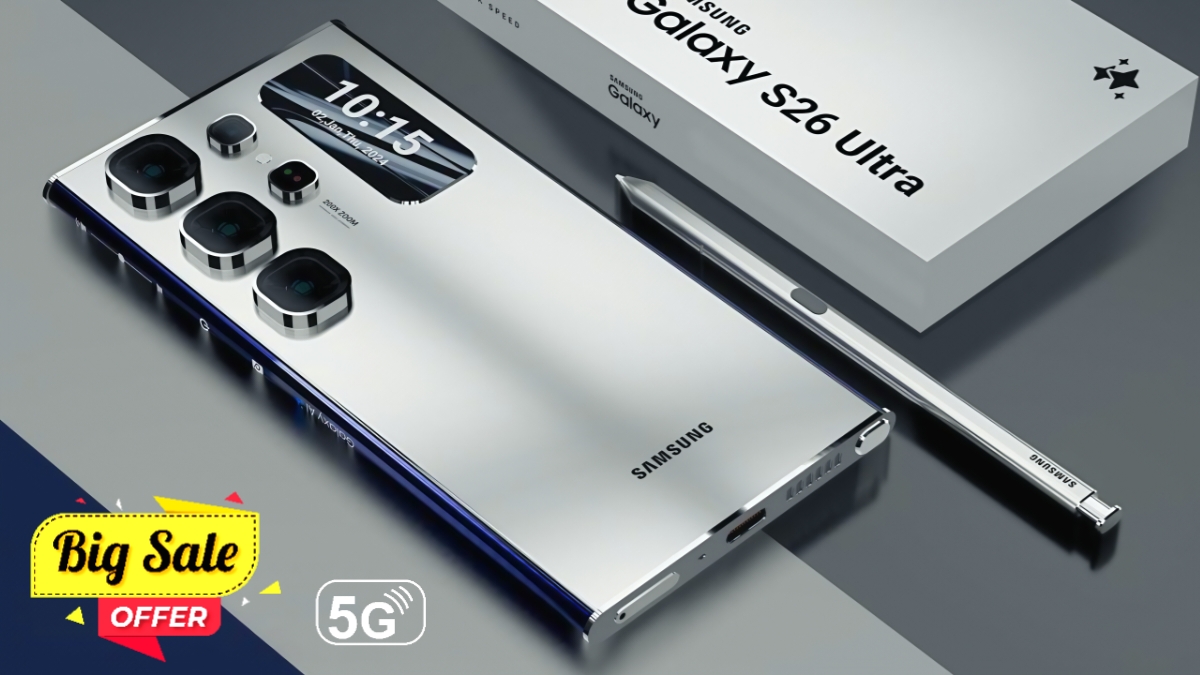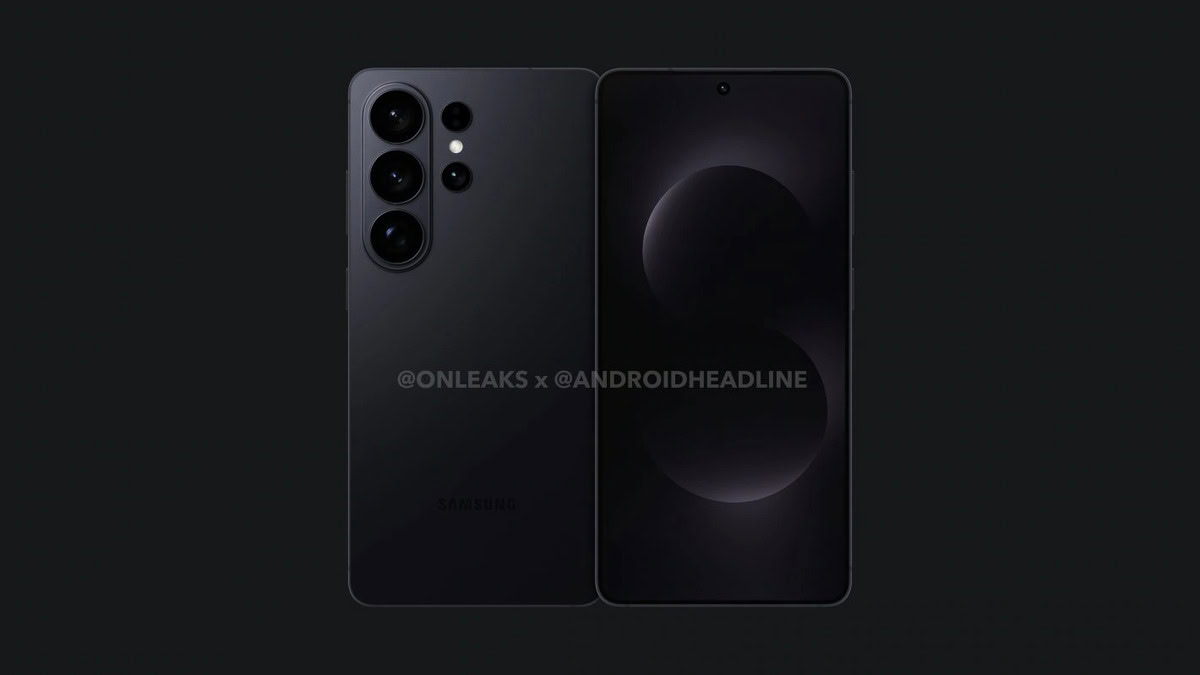A fresh leak tells us Samsung’s Galaxy S26 Ultra will mark the return of the camera bump but not just any camera bump. The burst will protrude 4.5mm, almost doubling up the existing Ultra when stacked up side by side, if Ice Universe’s report is accurate. The same leak puts the chassis at 7.9mm thick and 217g in weight – and also maintains that Samsung is going to continue using a 50MP 1/2.52-inch telephoto sensor. If true, it depicts a much slimmer body and a more pronounced camera island, which raises the lenses significantly off the rear glass.
A 4.5mm Bump on a 7.9mm Body
The big number is the 4.5mm protrusion. Just for context, the camera rings of the Galaxy S25 Ultra was claimed to protrude around 2.4mm away from the device’s rear, while the device itself was supposed to be 8.2mm thin. If the S26 Ultra reduces to 7.9 millimeters but increases the bump dimension to 4.5 millimeters, the peak thickness near the camera cluster would rise to approximately 12.4 millimeters, compared with approximately 10.6 millimeters on the S25 Ultra. It’s a noticeable difference you’ll feel when placing the phone flat on a desk or sliding it into a slim case.

The very latest flagships all exist with a 2–3mm (ish) camera bump peak; teardown measurements and reviewer calipers have top-tier devices arriving in that vicinity. At 4.5mm, the S26 Ultra’s bump would be an in-your-face hump in both appearance and feel, possibly affecting the shape and feel of cases and how accessory makers would contour their lens protectors and MagSafe-style rings.
Why would you grow the hump if the sensor doesn’t?
Here’s the rub: the identical source claims Samsung is sticking with a 50MP 1/2.52-inch telephoto sensor. That’s a fairly small chip for a global flagship tele camera, particularly when rivals have been playing with larger 1/2.0-inch or near-1/1.7-inch modules in periscope layouts. So what is the additional depth for?
Periscope systems are constrained by not only sensor size but also optical path length, prism geometry, stabilization hardware, and lens stack thickness. A higher camera island also means engineers get a little more room to make lenses bigger, apertures wider by a fraction, optical image stabilization travel better or more robust heat dissipation around the camera control ICs — all without thickening the whole phone. The leaker goes even farther, claiming that Samsung may be laying the groundwork for future upgrades: a thicker base might be able to handle larger sensors or variable-aperture assemblies later on.
It could also be that Samsung is looking for visual distinction. Printer FriendlyAfter some minimalist ring-only designs for several generations, a defined plateau or raised rim around the lenses can say “new” and offer some improved rigidity around the module. Component suppliers have also observed for a long time that a reinforced camera deck can keep micro-flex at bay and help with long-term OIS calibration stability, something that can be an issue, especially on devices with extremely stiff frames.
Weight and materials: no heavier, just taller
The leak’s 217g figure puts the S26 Ultra right where a lot of other premium titanium-and-glass phones also seems to now sit. By comparison, those top-tier models remain grouped around that 220g mark from the previous year, the majority of the big brads are at least. Translation: even if the camera bump bulks up, the phone won’t, at least in overall thickness, according to the report. That trade-off — going 7.9mm thick at the center chassis, then adding height just at the camera hump — tells me that Samsung is emphasizing the way the phone feels in your hand and in your pocket over a perfectly flush back.

From a usability point of view, the flat surface wobble without a case will probably be more noticeable. The vast majority of protective shells are not so gappy and do form a level plane by running a second layer of material over the island. Case makers generally operate from early CAD and dimension data months before launch; if 4.5mm is the actual target, we’ll see the camera guards get thicker accordingly.
What it might mean for photos and video
Remain with a 1/2.52-inch 50MP telephoto sensor and Samsung will continue ramping up its recent strategy: rely on computational imaging and deep demosaicing to enhance detail and then use sensor fusion at multiple focal lengths in order to steady the results. The extra vertical space could potentially mean marginally brighter optics, or better OIS mechanics, in turn producing steadier long-zoom shots and less wobbly handheld video. And even small aperture or stabilization gains can go a long way at 5x and above (vs. hand shake and higher shutter speeds).
Thermally, a thicker island can help too by adding mass around the image pipeline to reduce thermal throttling during longer 4K or 8K captures. That said, any gains will depend on the finalized spec of the lens and coatings and tuning and not just the height of the hump.
Such a leak, though, is something to approach with caution
Ice Universe does have a good track record when it comes to Samsung hardware dimensions and camera specs, but numbers early on in the process can always change as pre-production units are developed. The wider rumour mill also suggests a return of a single camera bump for the S26 series too, which would fit this mould.
If these dimensions hold, the S26 Ultra will depart from the minimalistic rings of recent models and employ a more pronounced, chunkier camera island – while not increasing the weight by any significant margin. How that should translate to better long-zoom performance or simply to create room for larger hardware in future generations is the open question that enthusiasts will be following closely.

